We Know Almost Nothing About Proxima b, The Closest Exoplanet To Earth
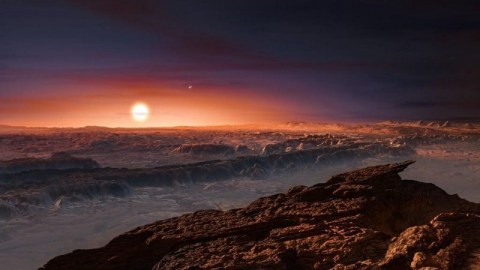
We can’t help but wonder if it’s habitable, or even inhabited, but the evidence isn’t there for it.
Every star that fills the night sky carries along with it one of the greatest hopes and fears that humanity has ever wondered about: the possibility that we aren’t alone in the Universe. A generation ago, each star was considered a luminous point of hope, but we had no idea whether planets were common or rare, and whether our Solar System was a typical example of what was out there or one of a huge variety of possibilities. As of 2018, there are thousands of confirmed planets orbiting other stars, detected through a multitude of methods and displaying a tremendous diversity of sizes, masses, and orbital properties. It’s now thought that at least 80% of all stars have planetary companions, and that almost all of those have many worlds in their Solar Systems.
Including the closest star to us: Proxima Centauri.
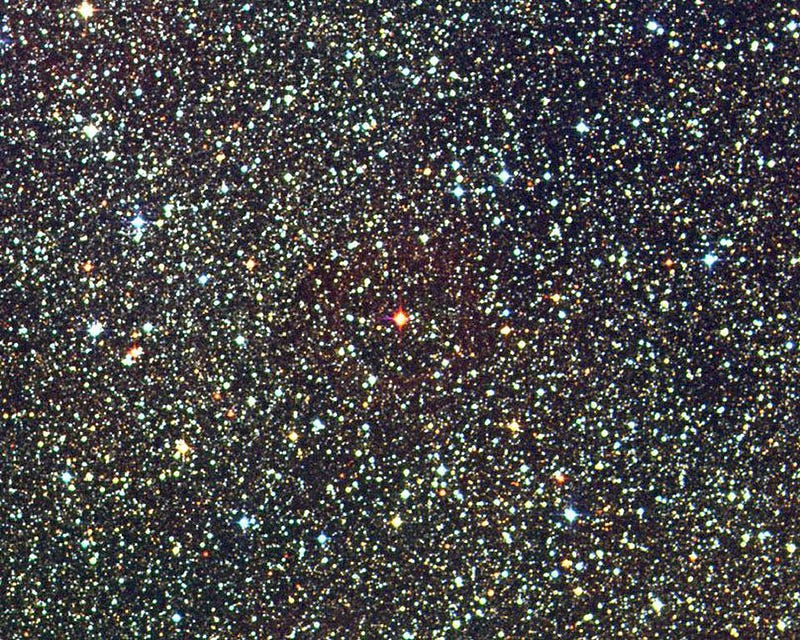
The Kepler satellite has discovered most of the planetary candidates around stars beyond our Sun. The way it operates is via something known as the transit method. When a planet, orbiting its star, passes in between the line-of-sight connecting Earth to that star, a tiny fraction of that light gets blocked. As the planet slides onto and then off of the star’s disk, we’ll see the flux start to dip, remain at a lowered, constant level, and then increase again back to its original value.
With enough transits of a single planet, we can determine its orbital period, its radius relative to the parent star’s radius, and the amount of radiation that strikes its surface. The transit method is powerful, but it doesn’t tell you everything.
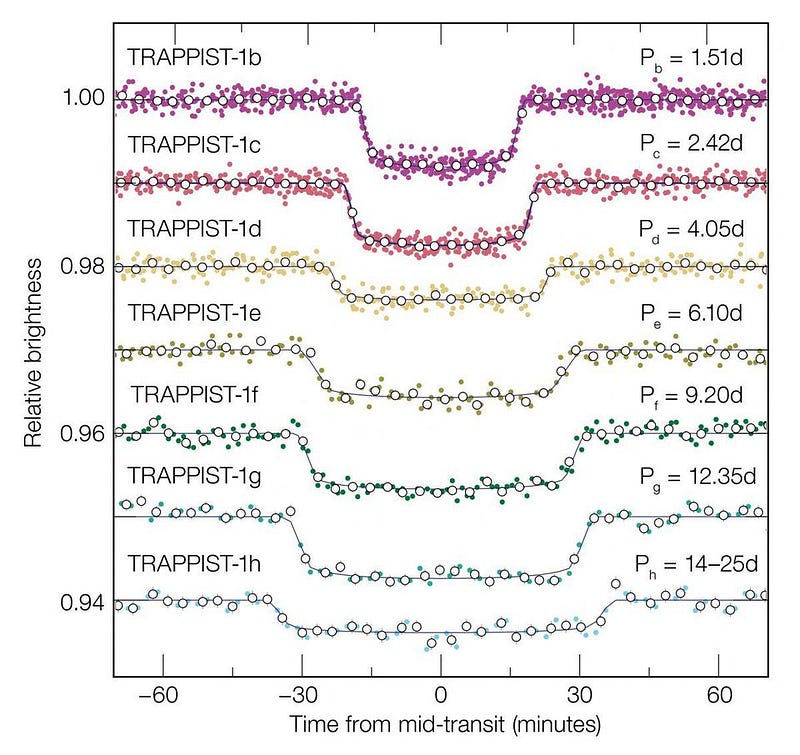
One of the things it doesn’t reveal, though, is the mass of the planet. If you instantly replaced Earth with a planet of the same size, but double (or half) the mass, its orbit would remain unchanged. It would have the exact same transit signature: the same period, frequency, profile, and it would block the same amount of light.
But there is a method that could reveal the planet’s mass: observing the star that it’s orbiting for tiny variations. The stellar wobble method uses Newton’s third law — that every action has an equal, opposite reaction — to infer the gravitational tug of the planet on the star. As the star moves towards and away from us, periodically, due to this gravitational pull, the mass and orbit of the planet can be teased out.
Ideally, we can use both methods on a given star system, determining mass, radius, and orbital period all at once. With future advances, it may be possible to observe the sunlight filtered through or reflected off of the planet to learn about its atmospheric composition, allowing us to infer the presence of water, oxygen, and maybe even life.
With proposed observatories like WFIRST, LUVOIR, and a potential starshade, the ability to fully characterize a planet from a solar system other than our own might soon find itself within our reach.
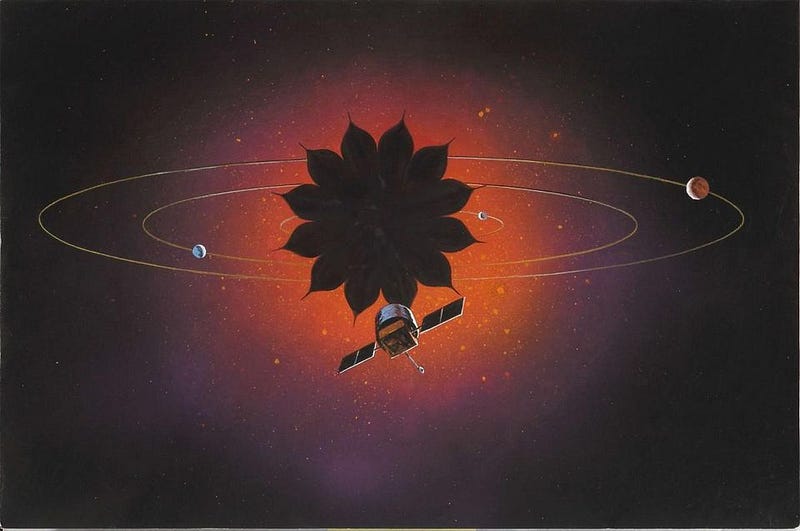
But most planets don’t have the serendipitous alignments that the transit method relies on. If we were looking at our Solar System from another, random location in space, there would be just a 1% chance that Mercury, the closest planet to the Sun, would have the right geometry for a transit to be observed, with the other planets even less likely. As with all things, it’s our technological capabilities that limit, in part, what we can learn about the Universe.
But a serendipitous alignment isn’t necessary to use the stellar wobble (or radial velocity) method; all you need is to carefully observe your star over time, and look for tiny, periodic variations in its redshift and blueshift. Find the periodicity, and you can infer both the period and the mass of the planet orbiting it.
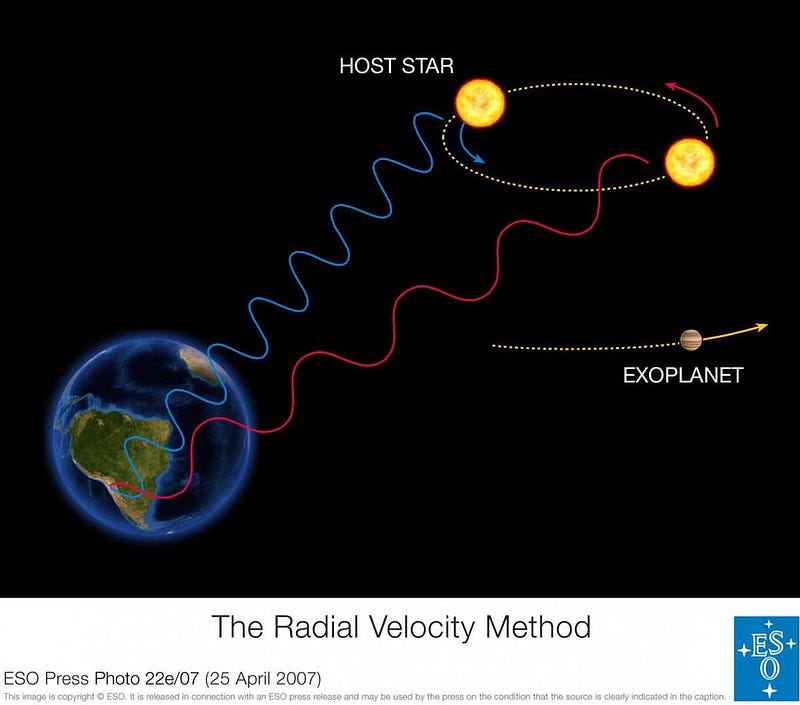
Well, you can find the period, at any rate. Finding the mass is more challenging, because we can only measure the motion of the star along our line-of-sight: in the forwards-backwards direction. We cannot measure the star’s motion perpendicular to the line-of-sight: in the transverse (side-to-side or up-and-down) directions.
So what we can say, when we measure a wobbling star, is that it has a planet with a specific period (which means we can determine orbital distance fairly well) that has a mass of at least a specific amount. If the planet orbits nearly edge-on to the Earth-star line-of-sight, then its mass is close to the minimum mass value. But if the planet is more inclined, like at 20°, 40°, or 80°, the mass can be anywhere from slightly to much, much higher.
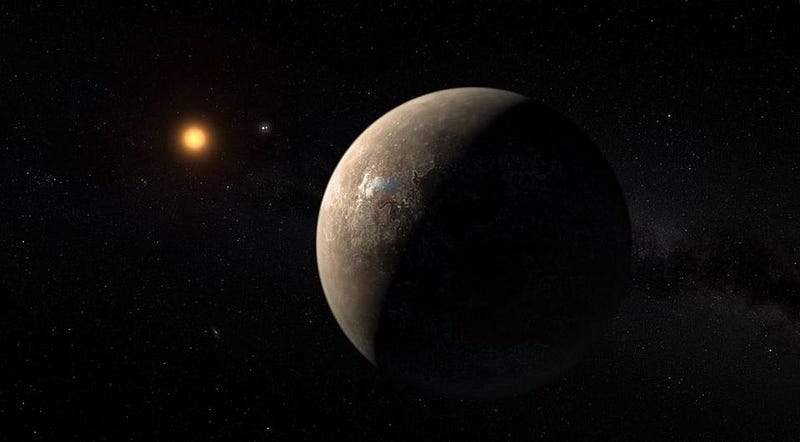
So now, let’s come to Proxima Centauri: the closest star to our Sun. We’ve carefully observed it for both radial velocity and transiting imperfections, looking for any sign of a planet around it. Proxima Centauri is a tiny, low-mass red dwarf star, emitting just 0.17% the radiation of the Sun. There are many ways that the star is different from ours, being smaller, cooler, flaring far more often, and the fact that it will live not for billions of years, like our Sun, but for trillions.
Proxima Centauri is also part of a trinary system, where the two main components, Alpha Centauri A and B, are roughly Sun-sized and orbit one another relatively close by, but Proxima Centauri is much lower in mass, cooler, and more distant.
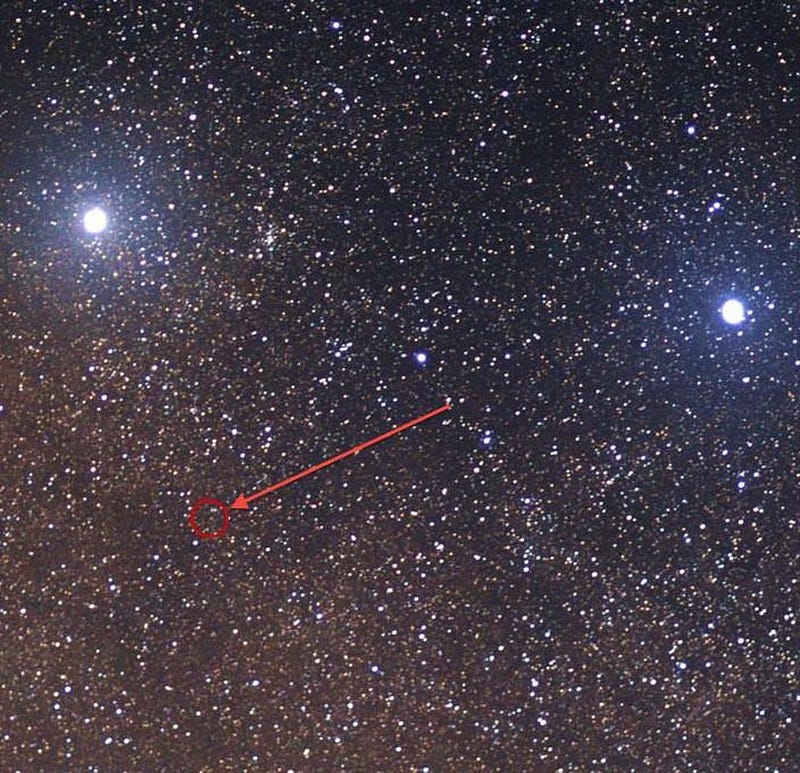
When we observe Proxima Centauri, we don’t see any evidence for a transiting world, and any planets that are there are far too dim to be seen with direct imaging and our current technology. But we do see the signatures, from radial velocity, of a single, massive world that orbits it. From the observations we’ve made, we can determine the following properties of this planet, now known as Proxima b:
- It has an orbital period of 11.2 days.
- The amount of starlight it receives from Proxima Centauri (65% of what we get here) should give it Earth-like temperatures if it has an Earth-like atmosphere.
- It has a minimum mass that’s 130% the mass of Earth: just a little more massive than our planet.
There may be other planets present as well, either lower in mass and/or with much longer orbital periods, which our observations are not yet sensitive to. But this one, at least, is real.
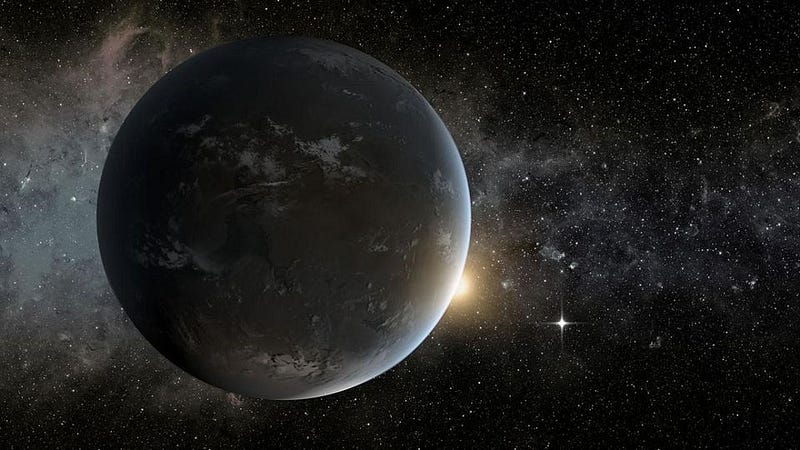
But what is it like? Is it Earth-like? There are many ways we know that it must differ from our planet Earth, including:
- it must be tidally locked to its star, where the same face always faces the star and the same face always faces away,
- it will have three climate zones: an ultra-hot one where it’s always sunny, an ultra-cold one where it’s always night, and an on-the-border one where it’s always sunset/sunrise,
- and the solar flares coming from the star will potentially be a danger for stripping the atmosphere away.
We can, of course, concoct scenarios where the planet hangs onto or replenishes its atmosphere, and has conditions conducive to life. But this is nothing more than wishful thinking.
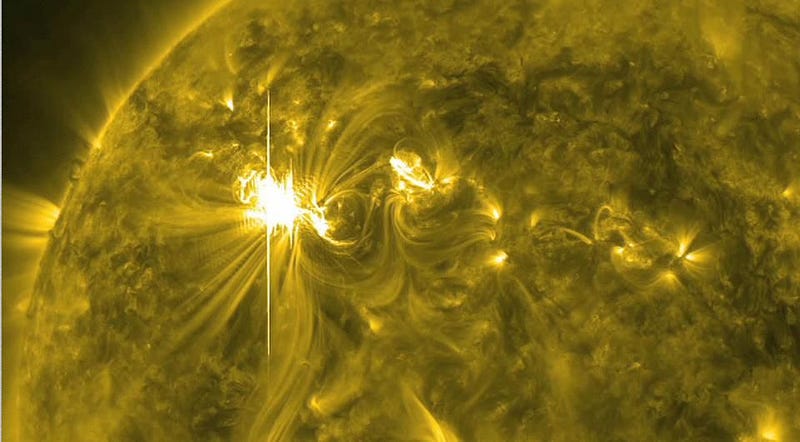
In reality, we do not even know whether this planet is Earth-like or Neptune-like. The typical border between an Earth-like world, where you have a rocky surface with a thin atmosphere, and a Neptune-like world, where you have a large gas envelope surrounding your world, is about 2 Earth masses. Proxima b has a minimum mass of about 1.3 Earths, but that’s if the alignment is perfectly edge-on. Since there’s no transit, we know the alignment cannot be exactly perfect, but how imperfect is it? That’s gloriously unknown.
If the alignment is inclined at more than about 25° from our line-of-sight, it’s likely to be a gaseous world, not a rocky, Earth-like one. But at this point, without further information, we cannot know.
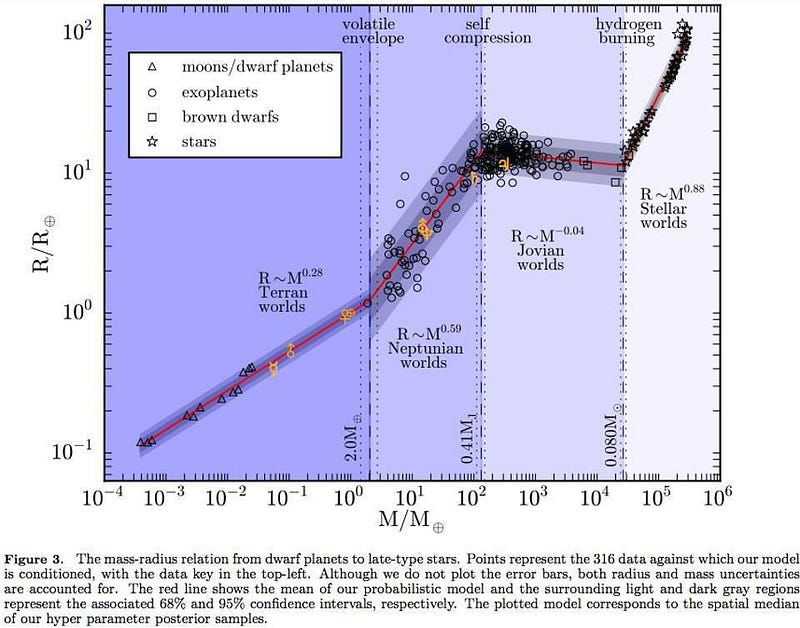
If we were going to be as accurate as possible, we would state that there is a planet, with an orbital period of 11.2 days, orbiting the closest star to us: Proxima Centauri. It receives 65% of the solar energy that Earth receives, and has a minimum mass of 130% the mass of Earth. That’s it. That’s all we know for certain. If we wanted to speculate, we could discuss all the reasons Proxima b is likely to be inhospitable to life, what challenges (solar flares, holding onto its atmosphere, likely a gaseous world, etc.) this planet faces if it wants to achieve habitability, and what we’d have to measure to know for sure.
But the truth is that we don’t know any more than this. Until we have better, more comprehensive data on this world, all we know is its period, the energy it receives, and its minimum mass. The age of exoplanet astronomy is upon us, but it’s still in its infancy in many ways. Wonder about the possibilities and feel free to speculate as to what might be out there, but never conflate your hopes with what’s actually likely. The only way to know for sure is to build the right instruments and observatories, and take the critical data. The only way to know what’s out there, for certain, is to find out for ourselves.
Ethan Siegel is the author of Beyond the Galaxy and Treknology. You can pre-order his third book, currently in development: the Encyclopaedia Cosmologica.





